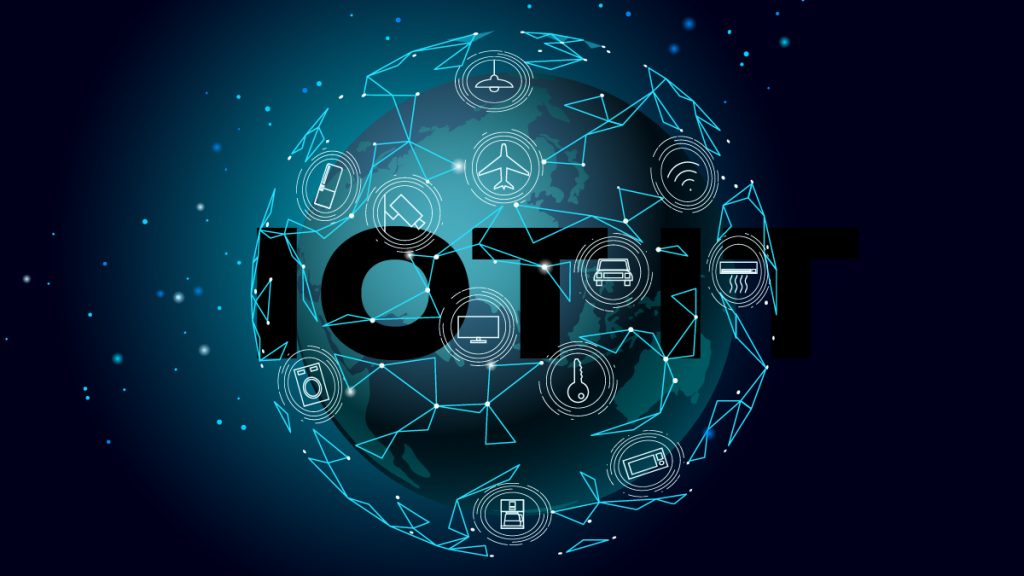
The Internet of Things (IoT) revolutionizes lives by connecting objects, collecting data, and enhancing automation.
- IoT enables personalized and automated home experiences.
- It empowers smart cities with optimized energy, waste management, and transportation.
What do we mean by things? A sofa, or a table, or a wall, or maybe a refrigerator…I know there are a lot of questions in your head. But before I give you answers, I want you to scroll into Siri or Google Home on your phone, and say, “Hey Google” or “Hey Siri” to activate the virtual assistant. Ask “What’s the weather like today?” The virtual assistant uses voice recognition technology to understand her command and sends the audio data to the respective cloud-based servers for processing. The servers analyze the audio, convert it into text, and identify the user’s intent, which, in this case, is to retrieve the weather information. The virtual assistant then communicates with external services or APIs to fetch the weather data for your location. Same process for everything around us that is connected to IoT.
What Do We Need to Know?
It’s pretty simple, trust me, it’s a revolutionary concept that is transforming our lives in remarkable ways.
Imagine you’re driving home after a long day at work, feeling exhausted and craving a cozy environment. With the IoT, your home can sense your proximity and prepare itself to welcome you. The thermostat adjusts the temperature to your liking, the lights turn on to create a soothing ambiance, and your favorite music starts playing to wash away the stress. All of this happens magically as if your home has become your personal butler. How awesome is that?
So, what exactly is this Internet of Things? Simply put, it’s a network of physical objects embedded with sensors, software, and connectivity, enabling them to collect and exchange data. These objects can be anything from everyday items like refrigerators, thermostats, and cars to industrial equipment, streetlights, and even entire cities. Can you imagine that? It’s as if the inanimate objects around us have come to life, whispering to each other in the secret language of data.
I thought about it for a moment and realized that the IoT is like having a superpower—a way to effortlessly connect, control, and communicate with objects around us.
But Wait, There’s More
The IoT extends far beyond the comfort of our homes. Cities are embracing this technology to become “smart cities,” where everything is interconnected for the greater good. Picture streets that light up only when someone passes by, reducing energy wastage. Imagine garbage cans that signal when they are full, optimizing waste management. And what about parking spaces that notify you when they become available? Say goodbye to circling the block endlessly, searching for a place to park! The IoT is turning our urban landscapes into living, breathing organisms that adapt and respond to our needs.
How Does It All Work?
Now, you might be wondering, “How did this incredible technology come into existence?” Well, my curious friend, it took years of innovation, collaboration, and countless breakthroughs to bring us here. The advent of powerful yet compact sensors, the evolution of wireless communication, and the development of cloud computing paved the way for the IoT revolution. Engineers and inventors from all corners of the globe worked tirelessly to make this vision a reality. They combined their expertise in electronics, software development, and data analytics to unlock the true potential of IoT.
In healthcare, wearable devices monitor our vital signs and alert medical professionals in case of emergencies. In agriculture, sensors measure soil moisture and nutrient levels, allowing farmers to optimize irrigation and increase crop yield. And in transportation, interconnected vehicles communicate with each other to prevent accidents and reduce traffic congestion.
Final Thoughts
From our homes to entire cities, everyday items and infrastructure are transformed into intelligent entities that communicate and adapt to our needs. This technology offers convenience, efficiency, and sustainability, but also requires addressing privacy, security, and ethical considerations. By responsibly harnessing the power of the IoT, we can shape a future where connectivity and automation enhance our lives while prioritizing the well-being of humanity.
Inside Telecom provides you with an extensive list of content covering all aspects of the tech industry. Keep an eye on our Cybersecurity sections to stay informed and up-to-date with our daily articles.